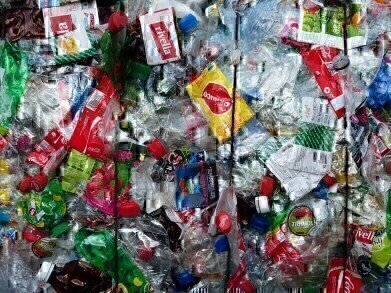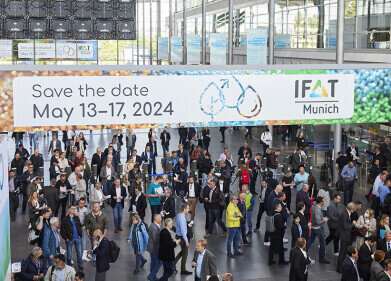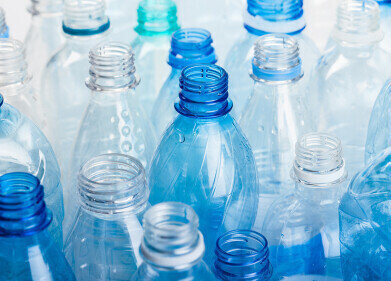Waste Management
How Does Recycling Reduce Greenhouse Gas Emissions?
Oct 14 2022
In recent years, governments all over the globe have turned their attention towards reducing greenhouse gas emissions as a means of combating climate change. While most of these efforts have been concentrated in things like phasing out fossil fuels and transitioning to renewables, the role that recycling plans in reducing our collective carbon footprint should not be underestimated.
That’s because recycling is an excellent way of giving a new lease of life to old materials, thus negating the need to extract new resources and process them to manufacture new products, both of which incur heavy emissions. It’s also a great way of limiting the carbon produced from landfill and waste incineration. As such, recycling should form a key part of the strategy for the UK’s vision of a more sustainable tomorrow – but there is still much work to be done.
Optimising resources
Every time a new product is manufactured, regardless of what purpose it serves, a huge amount of emissions are created. The raw materials needed to build it must be extracted from the earth, while the industrial techniques used to convert it into a usable commodity are similarly intensive in terms of the harmful pollutants that they generate.
By contrast, recycling makes the best use of these existing resources and minimises the need to extract and process new ones. It’s for that reason that it forms one of the three pillars of the government’s preferred approach to waste disposal; alongside reducing the amount of resources that are consumed and reusing items as much as possible, recycling is a key way of making anthropogenic activities greener.
Avoiding incineration and landfill
Aside from bypassing the need to mine for new resources and mould them into the desired products, recycling also helps with the emissions produced by the waste itself. That’s because items that are sent to landfill leach harmful gases into the atmosphere over time, while those burned in an incinerator – even when the residual energy created during the process is harvested – produces exorbitant amounts of carbon dioxide, methane and other greenhouse gases.
Indeed, landfill still accounts for the majority of the emissions produced from the waste sector, responsible for 14 megatonnes of the 22 megatonnes produced from waste as a whole. Waste incinerators contributed a further 5 megatonnes, with the remaining amount generated from various stages of the waste disposal process.
Recycling rates lagging behind
Recycling, therefore, is a logical course of action in terms of curbing our emissions, especially given that it’s considerably cheaper than waste disposal. Experts estimate that it costs the average UK household £29 to recycle as opposed to £95 for other methods of waste disposal. Nonetheless, Britain still lags far behind other European countries in this regard, with overall recycling rates stagnating since 2013 at just 43% today.
That inertia is in danger of meaning the country does not overcome the net-zero challenges contained in its current target of eliminating greenhouse gas emissions altogether by 2050. A separate goal of improving recycling rates to 64% by 2035 also looks to be out of reach unless the situation changes dramatically in the near future. And like charity, that sustainable change must begin at home.
Events
Apr 24 2024 Sao Paulo, Brasil
May 05 2024 Seville, Spain
May 13 2024 Munich, Germany
May 23 2024 Beijing, China
May 23 2024 Beijing, China













